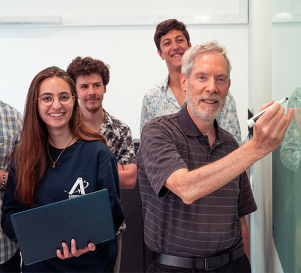Experimental Investigation of a Solid Fuel Ramjet Projectile
| Solid Fuel Ramjet (SFRJ) is considered for active propulsion to increase the range of gun-launched projectiles, demonstrating high Specific Impulse (Isp), natural ability to sustain ballistic (pseudovacuum) trajectory in varying atmospheric conditions, and to some extent balance wind deviations. In this work experimental investigation of an SFRJ motor was carried out, considering a 76 mm projectile flying at 930 m/s (Mach 2.73 at sea level) as a reference, with a fuel grain length of 17 cm without a mixing chamber. Using static firing tests, different fuels were considered with HTPB and polyester as baseline fuels. For additives we’ve used normal and expandable graphite (EG), metals such as aluminum and magnesium, and PTFE (Teflon). It was found that HTPB-based fuels give substantially higher energetic performance than polyester. Magnesium and aluminum additives increase the thrust, but the latter exhibits lower combustion efficiency. When adding PTFE, aluminized fuel efficiency increases. Expandable graphite additives reveal enhanced fuel regression rate by up to 60%, implying higher thrust. The desired thrust-equal-drag conditions (for a pseudovacuum trajectory) can be approached with an inlet airflow rate of 1.45 kg/s and appropriate combinations of fuels and additives. |
Light refreshments will be served before the lecture










